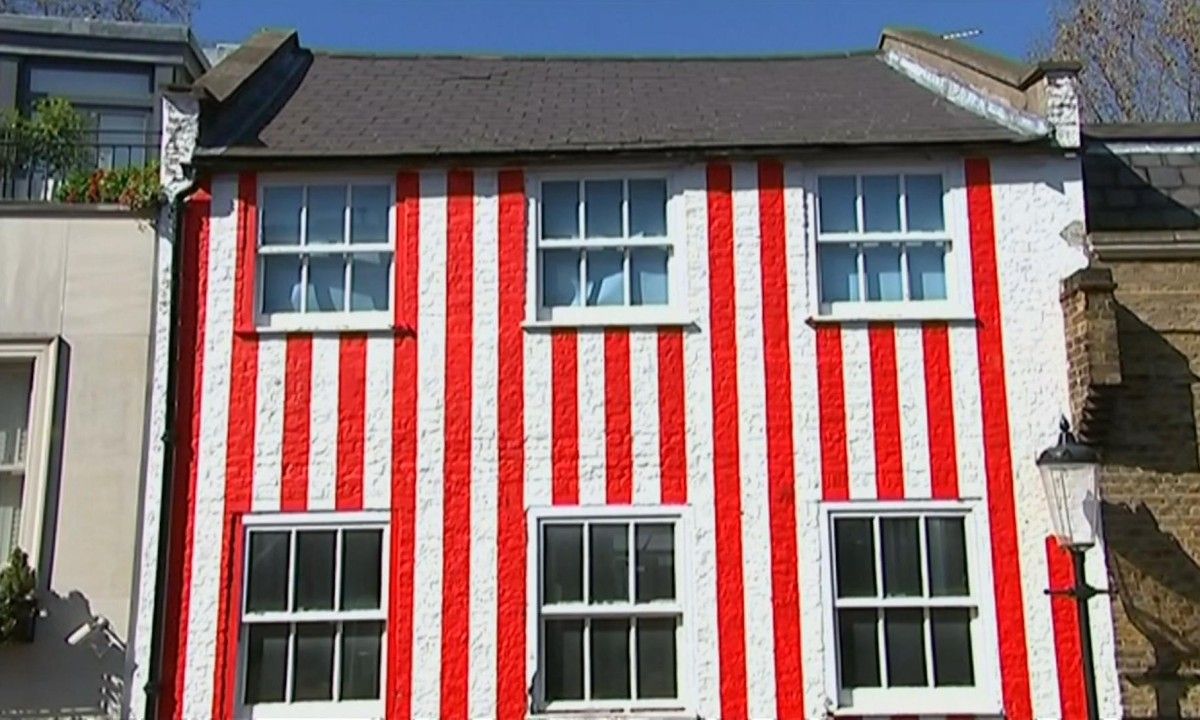How not to control second homes
This recent case shows some of the problems with the decision to use PD and Article 4 directions as a means to control second homes and short term lets.
In 2022, the Use Classes Order (UCO) was amended in Wales to create use classes C5 (second homes) and C6 (short term lets). The GPDO was amended to provide that changes between C3 and C5, C6 or a mixed use would be permitted development. Councils were told they could use Article 4 directions to control such changes.
Gwynedd Council adopted a non-immediate Article 4 direction controlling changes of use between C3 and C5/C6 in 2023. It was confirmed in July 2024. The claimant challenged the decision to confirm it. The claimant said that the council cabinet members who took the decision had done so on the misunderstanding that all changes of use between C3 and C5/C6 would now require permission. The claimant pointed out that only those which were development in the first place would require such permission.
The judge, after reviewing the various papers that had been put to cabinet members, concluded that they had been misled on this point.
Section 31(2A) Senior Courts Act 1981 provides that a decision will not be overturned if the outcome would not have been substantially different had the true facts been known. The council suggested that it would not have reached a different conclusion had the cabinet members fully understood the position. Had they understood that only some changes of use would be prevented, they would still have pressed ahead on the basis that it was a step in the right direction. However, the legal test is that the court must be satisfied that it was “highly likely” that there would have been no difference in outcome. This is a high bar. If the court could not tell how the cabinet members would have approached the decision, then the test was not met and the decision was not saved by this provision.
The council having misled itself, the challenge was upheld.
The interest in this decision is twofold. First, it is a reminder how little the UCO is understood. The view that, if a change is between two use classes, it must be material is very prevalent and very wrong. It might be. And the fact that there are separate use classes is certainly a factor. But it might not. It is a matter of fact and degree. As with any changes of use, it is necessary to consider whether there is a change in the character of the use, then whether there are planning impacts from that change in character, so reaching a view as to whether the change would be development. Only then are the exemptions in s55, including s55(2)(f) and the UCO, considered. And if the change is not exempted under s55(2)(f), because there is a different use class, only then is the GPDO considered to see whether the development is permitted development.
The judge concluded that, while this may or may not have been understood by those who wrote the reports for the council cabinet members, it was not reflected in the wording of those reports. Consequently, the cabinet members (who were not all planning committee members) were misled.
The second point of interest is that it demonstrates how perverse was the decision to control holiday lets and short term lets by making them all PD. While councils can make Article 4 directions, such directions are not straightforward, they require an evidence base, they require a lot of time, they require political capital, they will be challenged and they require regular review. Borough-wide directions are particularly tricky. It must also be remembered that this is the approach proposed for England if C5/6 comes into force and that it is also the existing approach for other residential changes of use such as C3 to C4 and Class L of the GPDO.
As this decision shows, Article 4 directions do not provide a full answer. It will still be open to individual developers to argue that the move from C3 to C5/6 is not development at all. And the only forum where that will be argued is an enforcement appeal. The distinction in the character of residential use can be fairly fine and is not an ideal basis on which to rest enforcement action. What exactly is the difference in residential character between a second home occupied for 182 days and a primary residence occupied for the other 183 days? Why is control of second homes left to such fine distinctions and to enforcement officers?
























